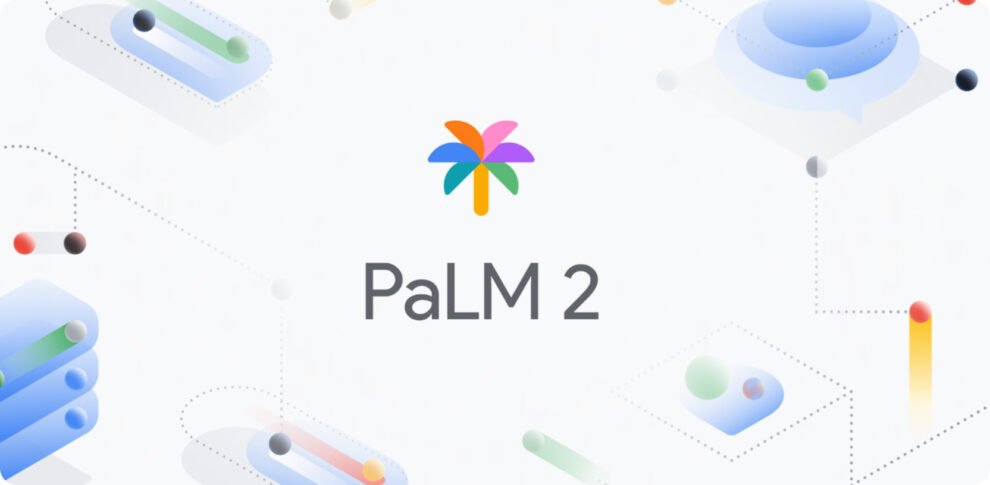Google’s recent developments in AI chatbot technology mark a significant leap forward in the conversational AI landscape. The tech giant’s introduction of PaLM 2, a new Large Language Model (LLM), into its suite of AI tools, including the conversational AI support for Sendbird’s chatbot API, has set the stage for more dynamic and personalized chatbot experiences across web and mobile applications.
Key Highlights:
- Introduction of PaLM 2: Google has launched PaLM 2, a powerful Large Language Model that surpasses its predecessor, LaMDA, in capabilities and efficiency.
- Integration with Sendbird: The integration of PaLM 2 with Sendbird’s chatbot API extends the possibilities for creating engaging chatbot experiences, offering developers a new level of flexibility.
- Competing with GPT-4: PaLM 2 is positioned as a competitor to OpenAI’s GPT-4, aiming to provide superior conversational AI experiences.
- Accessibility and Language Support: Google’s PaLM 2 will support over 40 languages, making it a versatile tool for global application developers.
- Operational Efficiency: The advancement in generative AI technology promises not only improved user engagement but also operational efficiency by replacing human intervention in customer support with AI-driven solutions.
Google’s PaLM 2 represents a significant advancement in AI technology, aiming to rival OpenAI’s GPT-4. It is designed to provide more natural and fluid conversational experiences, capable of engaging on a wide range of topics. This model is not only a testament to Google’s commitment to improving conversational AI but also opens up new possibilities for developers and businesses looking to leverage AI for enhanced customer interaction and engagement.
The integration of PaLM 2 with Sendbird’s chatbot API is particularly noteworthy. It allows developers to easily incorporate Google’s AI capabilities into their chat applications, offering users a more engaging and personalized experience. This collaboration highlights the potential of combining cutting-edge AI technology with existing communication platforms to revolutionize how businesses interact with their customers.
PaLM 2’s introduction is a significant step forward in NLP, offering more nuanced and complex language understanding. This improvement enables chatbots to handle a broader range of conversational topics and tones, making interactions more fluid and human-like.
The support for over 40 languages by PaLM 2 underlines Google’s focus on making AI technology accessible on a global scale. This inclusivity not only broadens the potential user base but also ensures that diverse linguistic groups can benefit from advanced AI capabilities.
As AI continues to evolve, the implications for businesses and consumers are profound. The advancement from scripted chatbots to more intelligent and adaptable AI models like PaLM 2 indicates a shift towards more natural and efficient forms of digital communication. This technology not only has the potential to improve customer service and engagement but also to drive innovation in how we interact with digital platforms.
In conclusion, Google’s release of PaLM 2 and its integration with Sendbird’s chatbot API mark a pivotal moment in the evolution of conversational AI. By offering more dynamic, efficient, and personalized chatbot experiences, Google is not only enhancing the capabilities of developers and businesses but also setting a new standard for AI-driven communication. As we look to the future, the potential of such technology to redefine our digital interactions is both exciting and limitless.



















